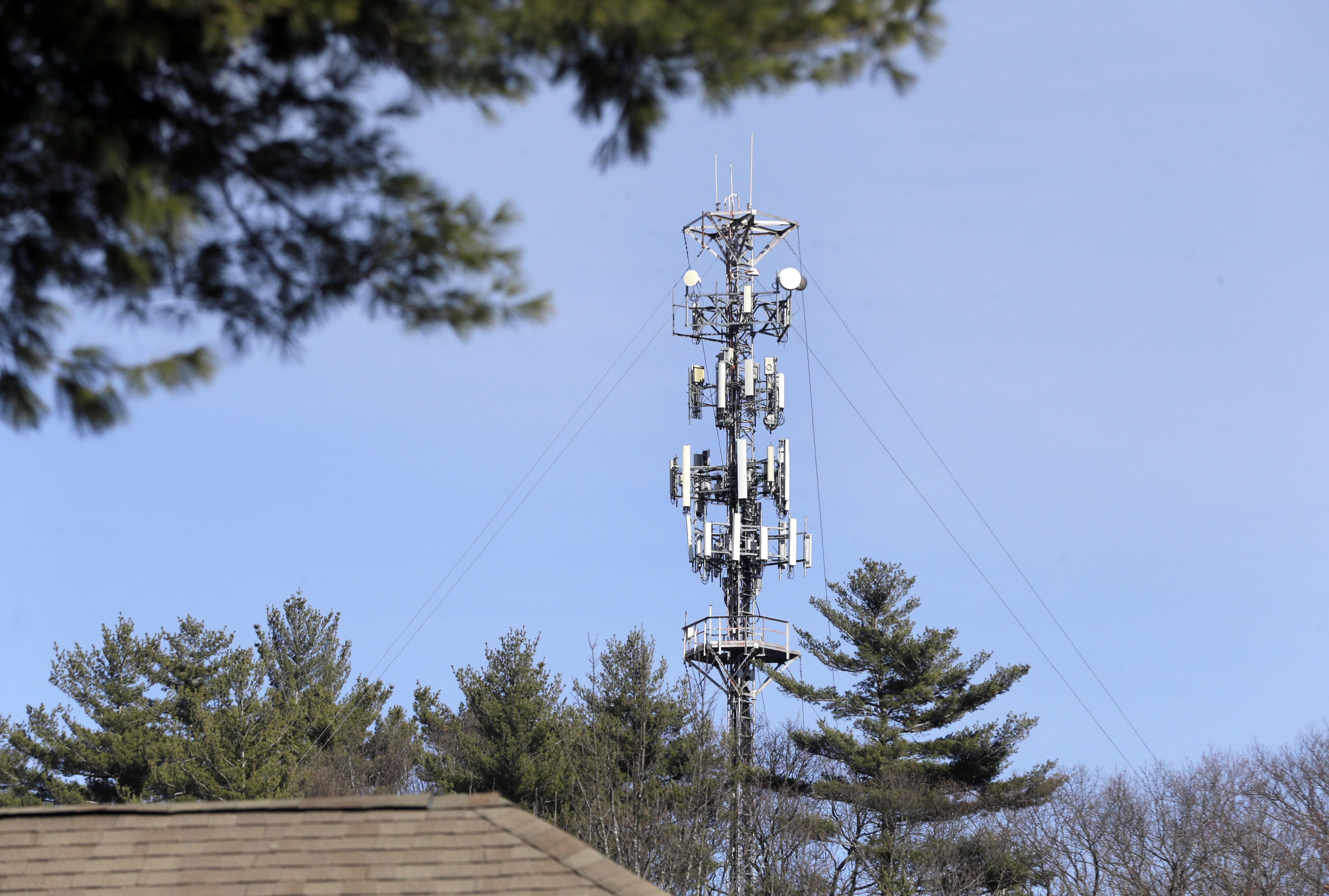Very best safest distance from the 5G cell Structure?

If you've ever been through a town, you may have seen tiny 5G cell towers placed on poles for street lighting. They appear like tiny boxes however, they're actually transmitting wireless signals from cell phone providers to your phone.
The smaller ones are being replaced by the larger built cell towers. Although Hop over to this website 're not as visible however, they could create problems for those who live nearby.
what is a safe distance from a 5g cell tower is the FCC's Radiation Exposure Thresholds
The FCC's Radiation Exposure Thresholds determine the maximum amount of time one can expose to electromagnetic radiation from wireless devices. The exposure limits are based upon scientific research which show that the energy of RF can cause harm to health.
The absorption rate specific (SAR) is an indicator of the amount of radiofrequency energy absorption by tissues. It's usually 1.6 watts per kilogram, spread over a kilogram of tissue.
But, since 5g operates at higher frequencies this could be able to cause greater energy intensity on the skin and other exposed body parts. This can result in various potential harms, including exacerbated appearance of skin disorders such as dermatitis, skin cancer and cataracts.
Due to the possible severe effects of 5g radiation, PSU has chosen to set a general localized limits on power density, which is 4mW/cm2 based on the average on 1cm2, and not to exceed 30 minutes for the entire 5G spectrum at 3000 GHz. This localized limit is consistent with the peak SAR that is spatially averaged at 1.6 W/kg averaged over 1 grams of tissues at six GHz.

The FCC's Maximum Exposure Thresholds for Maximum Exposure
In the event that you've used mobile phone, you're probably aware that a safe range from the tower should be at least 400 meters away. This is because the transmitting power of a cell tower increases dramatically the further the tower is.
While it sounds like something that's good but the truth is that people living in close proximity to towers could be more prone to health problems. For instance, a study conducted in 2014 in India found that residents who lived within 50m of cell towers experienced much more health problems than those who were far from antennas.
This study showed that residents who moved into areas farther away from the cell towers saw their symptoms return to normal within a couple of days. Studies have also shown that exposure to high levels of radiofrequency electromagnetic fields (EMFs) can lead to brain tumors, cancer as well as other health issues.
This is due to the fact that radiofrequency radiation, used in wireless communication can be absorbed by the body's outer layer, which is the skin. This is vital to be aware of since the skin functions as a shield against mechanical injury, infection caused by pathogenic microorganisms and infiltration of toxic substances. what is a safe distance from a cell tower is also the biggest organ of the human body. It is responsible for keeping the integrity of other organs.
The FCC's Minimum Exposure Thresholds for the Minimum Exposure
The FCC's Minimum Exposition Thresholds are based upon various assumptions that aren't supported by evidence from science. They include the incorrect belief that short-term exposures RF radiation are safe due to minimal penetration into the body (i.e. the heating of tissues).
The assumption also ignores the deeper penetration of the ELF components of modulated RF signals and the effects of brief bursts of heat from pulsed RF waves. These assumptions do not correspond with current understanding of the biological effects of RF radiation. As such they shouldn't be used for health protective exposure standards.
In addition to that, ICNIRP and FCC are limiting their maximum exposure limits to local peak SARs that are based on the maximum spatial specific absorption rate (psSAR) which is not a sufficient dosimetric tool to assess the amount of exposure to RF radiation. In particular the psSAR tool is not accurate for frequencies above 6 GHz. In addition, psSAR is not been evaluated for RF radiation with co-exposure to other agents of the environment such like sunlight. In the event of interactions, RF radiation with other environmental agents may result in antagonistic or synergistic results. This would result in an increased risk of negative health consequences. For instance, exposure to RF radiation with sunlight may increase the risk of skin cancer, as well as aggravate other skin disorders, such as acne.
